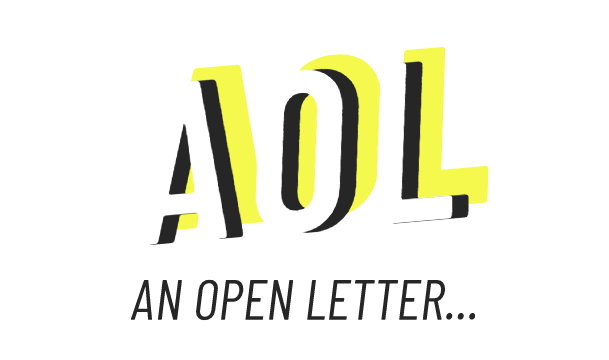You can break the American consumer’s consumption of news into three categories: those that view the news everyday, those that see the news every now and then and those that try their best to avoid the news at all costs. Whichever news consumer you are, there are ways to improve your experience and the quality of what you take in.
It is rare that, as a society, we encounter an uneventful day, especially during these most unique of times. The question for this article isn’t how much you consume, in fact, it isn’t even really what you consume but rather how you consume your news and information.
When taking in a page of information — online specifically — there are two main ways anyone can go about it. You can either attempt the vertical or horizontal reading approach. Vertical reading is where you scan for information on a singular page, staying on that one tab and not looking for any other pages of information to supplement or fact check the page you’re on. Horizontal reading is scanning that same page but also looking for any sources that are listed and opening them up in a new tab. If you don’t find any sources, you open up more tabs anyway, looking for more articles and information on the subject at hand.
The vertical method closes the reader off to only the information presented as the horizontal method opens the reader to an unlimited amount of possible supporting or counter points. At first glance, you might think the horizontal method is the more frequented path, and while that is correct for those writing research papers, it is far from the preferred choice for news consumers. When we take in the news, we usually have our own favored news channel or site that we have the most faith in, and because of that faith, our search for factual news ends on that first page. We never venture down to the sources, let alone open another tab, to see if the article has any supporting or countering information not included in the original page.
I understand the inclination towards vertical reading. You don’t want to spend a whole afternoon researching if the news you consumed in the morning is correct or not; you just want to read the headline and be done with it. But we cannot be active citizens by obtaining news from only one source, marking it as fact and moving on with our day.
At the very least, we need to spread our news consumption across many networks to ensure what bias there is does not end up skewing how we see the world. This means reading or listening to articles from both extremes and centering consumption around the least biased news outlets. My recommendations for news are: NPR, BBC, the New York Times and PBS. No news outlet is perfect, which is why it is so important to consume from multiple sites.
If you want to go the extra mile, take the time to research what the article is talking about, comparing it with peer reviewed journals and information from both university and government websites. You can never be too thorough, but just know this isn’t necessary for everything you read. Cynicism is a great tool against being too gullible, but we shouldn’t doubt every little thing we can, just as we shouldn’t believe everything, too. The goal should be to strike a balance — being sure to not be so caught up in what one outlet says and ensuring you know how to seek the truth.
We are lucky enough to live in a country where the freedom of the press is embedded in our founding documents; we should be eternally grateful for that, for it ensures that said freedom is protected. But we should also know that with that comes a lot of misinformation that we should work to protect ourselves from.
So, when it comes to the consumption of the news, or any information for that matter, we should look for information on the discussed topic on more than just the first page.
Evan Brooks is a third-year Business Management major with minors in Economics and Civic and Professional Leadership. EB0916132@wcupa.edu

